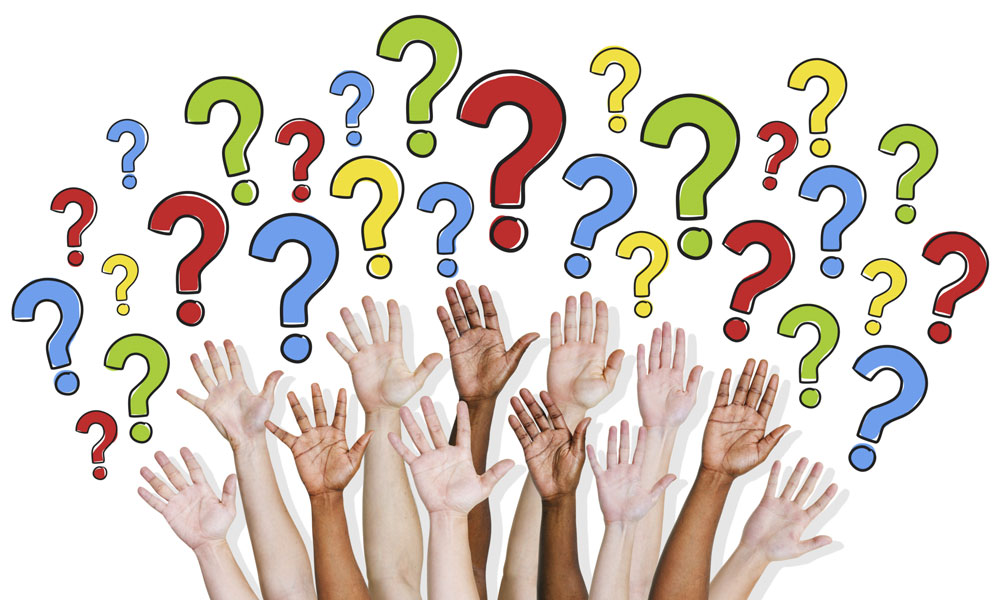
Up for Debate: Crowdsourcing Meeting Elements
Why the Commission on Presidential Debates is considering crowdsourcing and format changes to its four fall general election debates---and the takeaways for associations.
I came across an interesting blog post on Politico a few days ago. It caught my attention for two reasons: one, it was about a nonprofit, and, two, it mentioned how this fall’s general election debates could see some changes.
That’s right, apparently this week the Commission on Presidential Debates—the nonpartisan nonprofit that sponsors and produces debates for the presidential and vice presidential candidates—started discussions on the formats of the four 2016 debates.
Writer Hadas Gold says that while CPD “is keen to incorporate new technologies and even open debate formats, it is grappling with the question of how to seamlessly weave the traditional role of a moderator, as both a writer and presenter of questions, with that of a voting public that is used to having its voices heard on social media.”
CPD cofounder Mike McMurry, a former White House press secretary under President Bill Clinton, told Gold that while the group has previously held town-hall-format debates where citizens in the audience ask questions to candidates, it now has to consider social media as a way to engage more people. “[W]e’ve been thinking how do we incorporate that into format of the debate. So we’ve had some good conversations on that,” he told Gold.
One possibility McMurry said CPD is considering is the “open debate format” proposed by the Open Debate Coalition.
In this format, questions are essentially crowdsourced. Voters from across the nation submit and vote on questions using an online platform ahead of the televised event. For the live debate, moderators choose from among the questions that received the most votes—asking follow-up questions along the way.
This format was tested in the Florida Open Debate on April 25 between Republican Rep. David Jolly and Democratic Rep. Alan Grayson, who are vying for a Senate seat. People submitted more than 900 questions, and then moderators picked questions from those that landed in the top 30 after 400,000 votes were cast.
Among those on the short list: What will you do in your position to keep Social Security and Medicare strong? Would you support having the president of the U.S. elected by popular vote? Are you for a minimum wage increase on the federal level?
Both candidates told FloridaPolitics.com they were happy with the debate outcome.
“This is a great night, whether the questions are from the left or the right,” Jolly said.
“This is the way debates ought to be,” Grayson said. “Right here. I watched enough presidential debate car crashes to know the difference. This was a beautiful thing.”
The idea of an open debate format could be something for associations to consider at their conferences for a handful of reasons:
It broadens the meeting’s audience and engagement. For example, say your conference will feature a high-profile keynoter. If you ask members, whether they are attending or not, to submit questions they’d like to ask, you’re not only engaging them ahead of the meeting and getting them excited about the event, but you’re also getting nonattendees involved in the process. For your young professional members, in particular, this is a way to get them involved, even if they won’t be attending in person, and possibly get them to consider attending in the future.
It shows your association as being “member-first.” By putting the power in the hands of your members, you can show that your organization is both forward-thinking and willing to give up a little control. You’re actively soliciting member involvement in the process, which shows that you value your members’ opinions and input and want their questions to get answered.
It provides you with a ton of information. As mentioned previously, the Florida Open Debate generated 900-plus questions and 400,000 votes. While you may only use the top-voted questions at your meeting, having all the extras will give you plenty of fodder. For example, if you saw dozens of questions related to a similar topic area, you could glean that the subject is important to members and consider how to deliver related content to them.
Have you made room for crowdsourced elements at your meetings and events? Please share in the comments.
(iStock/Thinkstock)






Comments